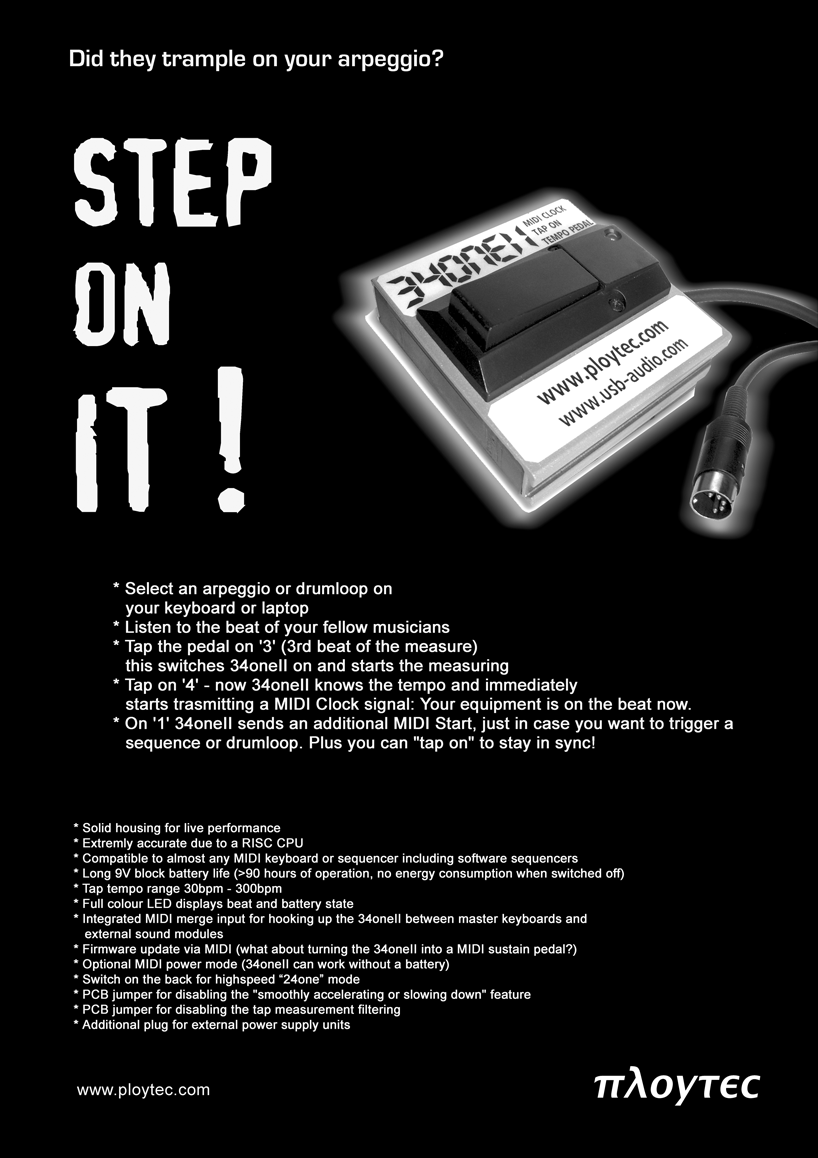clintrubber
Well-known member
[quote author="smallbutfine"]Sorry to bother you again with that boring midibox stuff... :wink:
I digged again into that...building a mios based box for exactly your task is even more easy as i thought.
This application may be of use in other projects, too.
(Please don't shout me for excessive posting manners :roll: )
Happy DIY :thumb:
Martin[/quote]
Awesome info Martin, thanks for compiling. Tomorrow I'll print, get tea & study ! Nothing boring or excessive, looks definitely like good info. Be warned though, I might have a few questions :wink:
Thanks,
Peter
I digged again into that...building a mios based box for exactly your task is even more easy as i thought.
This application may be of use in other projects, too.
(Please don't shout me for excessive posting manners :roll: )
Happy DIY :thumb:
Martin[/quote]
Awesome info Martin, thanks for compiling. Tomorrow I'll print, get tea & study ! Nothing boring or excessive, looks definitely like good info. Be warned though, I might have a few questions :wink:
Thanks,
Peter




